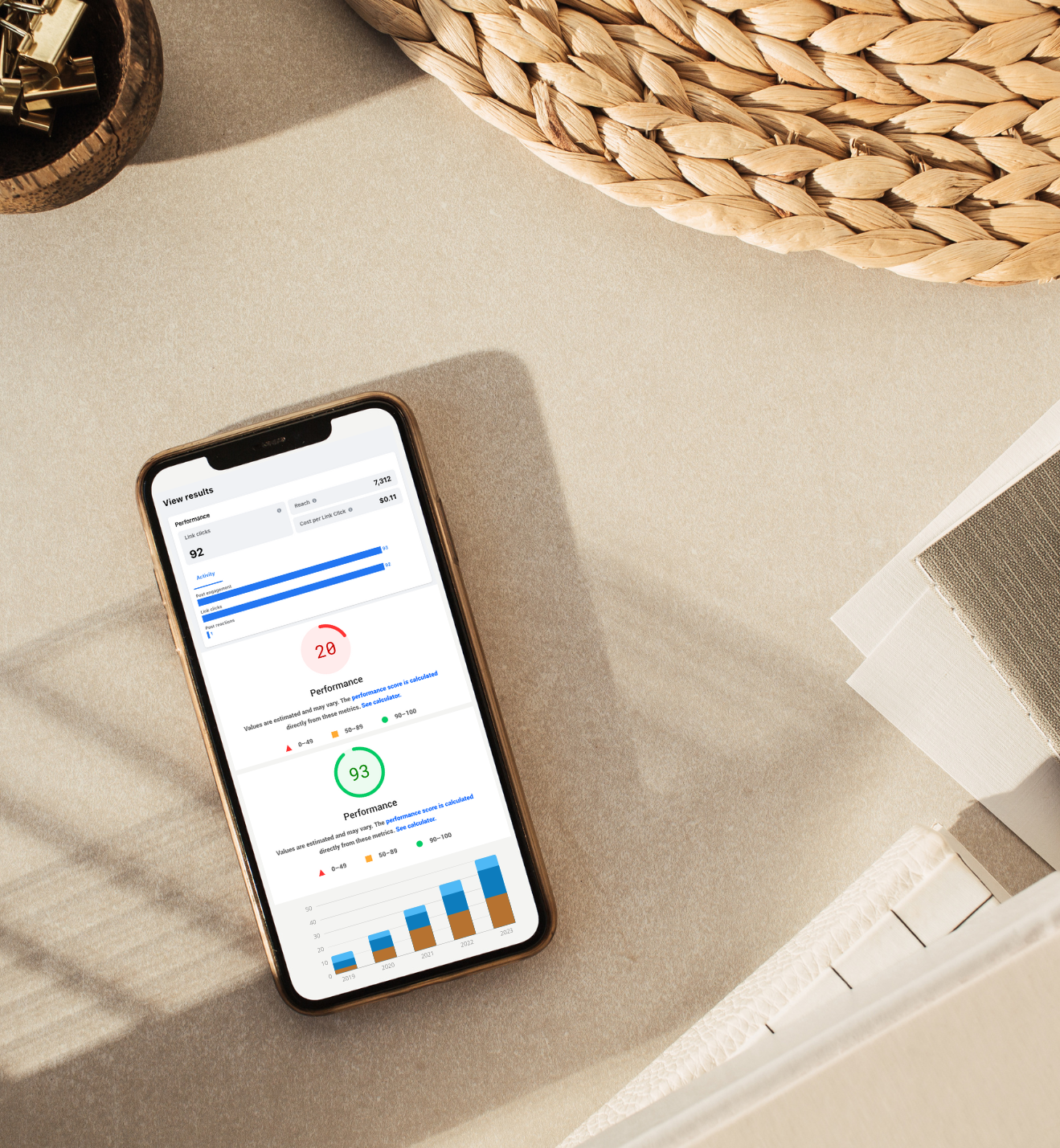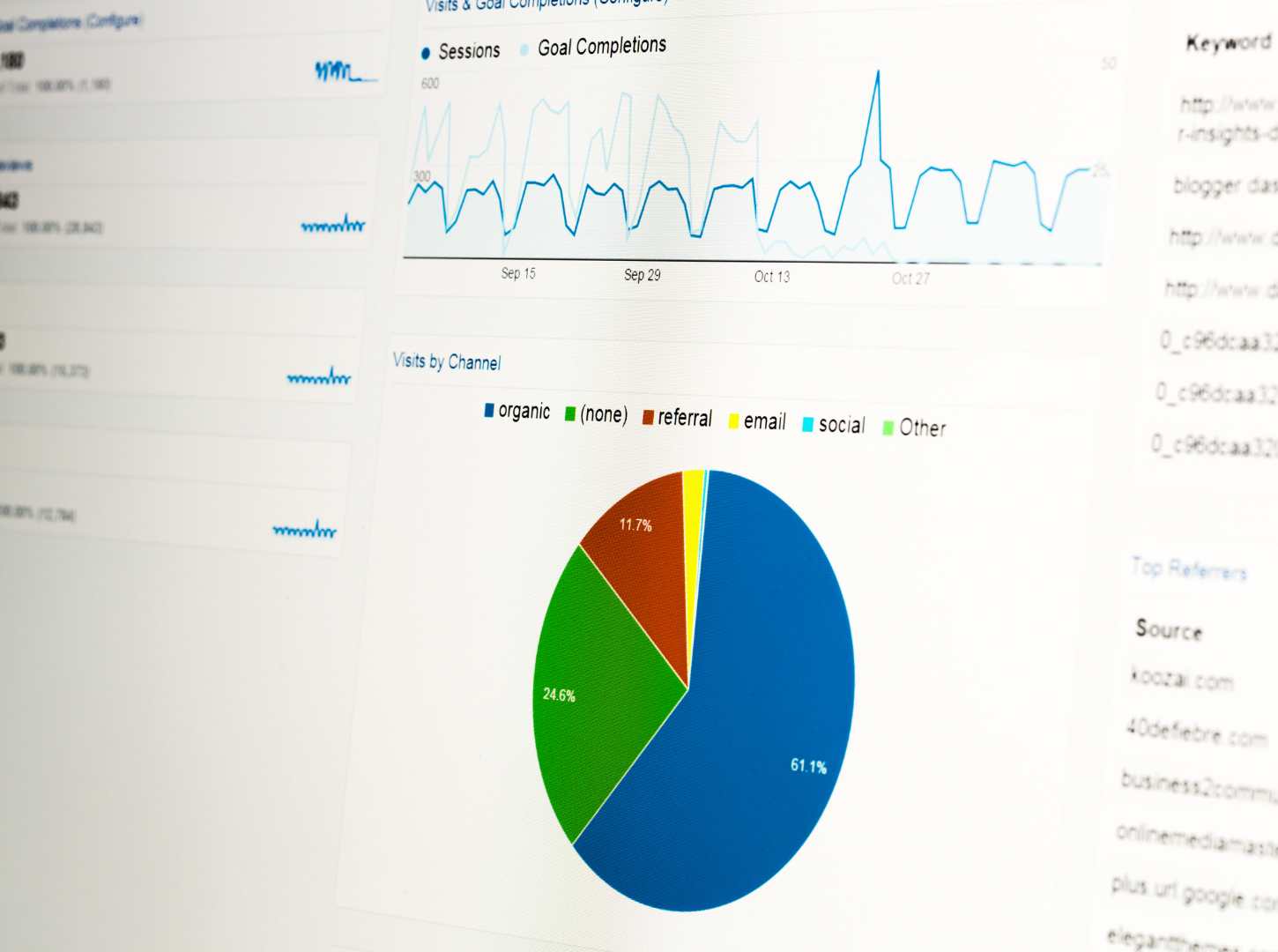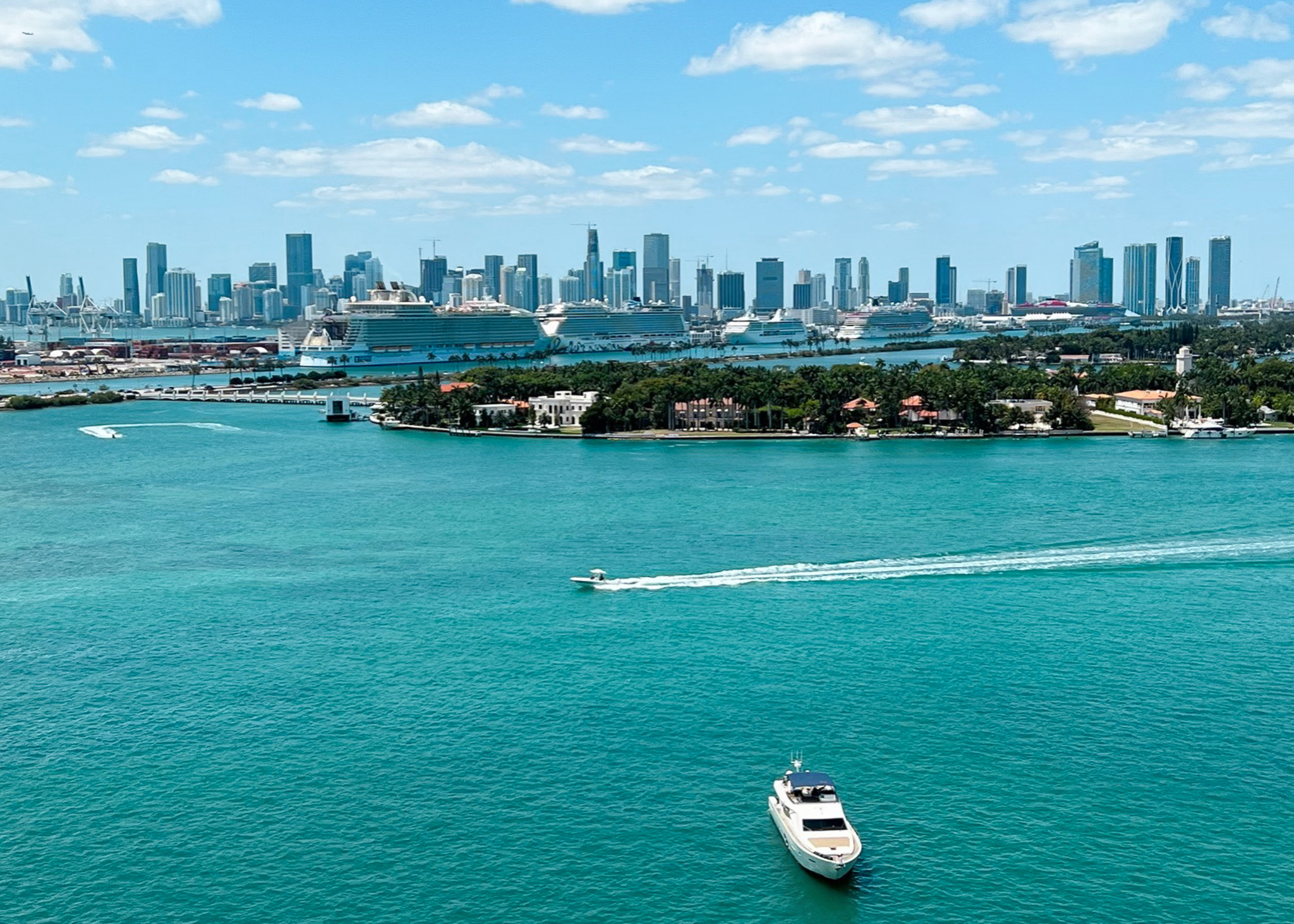
Strategy + Optimization
Analytics + Adaptive Strategic Planning

UX: Testing and Optimization
For your website, we’ll conduct rigorous testing to ensure compatibility,

Data-Driven Adaptive Optimization
In the ever-evolving digital landscape, adaptability is key. We employ

Monitoring of Insights & Analytics
Continuous monitoring of all available analytics across owned, earned, and

Social Media Strategy & Content Planning
From identifying the most effective social media channels to crafting

Overarching Strategic Planning
To ensure an optimized ROI and sustainable growth, we believe
constant change
The digital landscape is constantly evolving, and what works today may not work tomorrow. An ongoing optimization strategy allows businesses to continuously adapt and improve their marketing efforts to stay ahead of the curve.
data-driven decision making
An ongoing optimization strategy allows businesses to continuously gather and analyze data to inform their marketing decisions. This helps ensure that marketing efforts are based on real-time data and insights, rather than assumptions or guesswork.
improved roi
By continuously optimizing marketing efforts, businesses can improve the return on investment (ROI) of their marketing spend. This could involve identifying and targeting the most valuable customer segments, improving the conversion rate of marketing campaigns, or reducing the cost of customer acquisition.
increased competitiveness
An ongoing optimization strategy helps businesses stay competitive in an increasingly crowded and competitive digital landscape. By continuously improving their marketing efforts, businesses can better stand out from their competitors and attract new customers.




